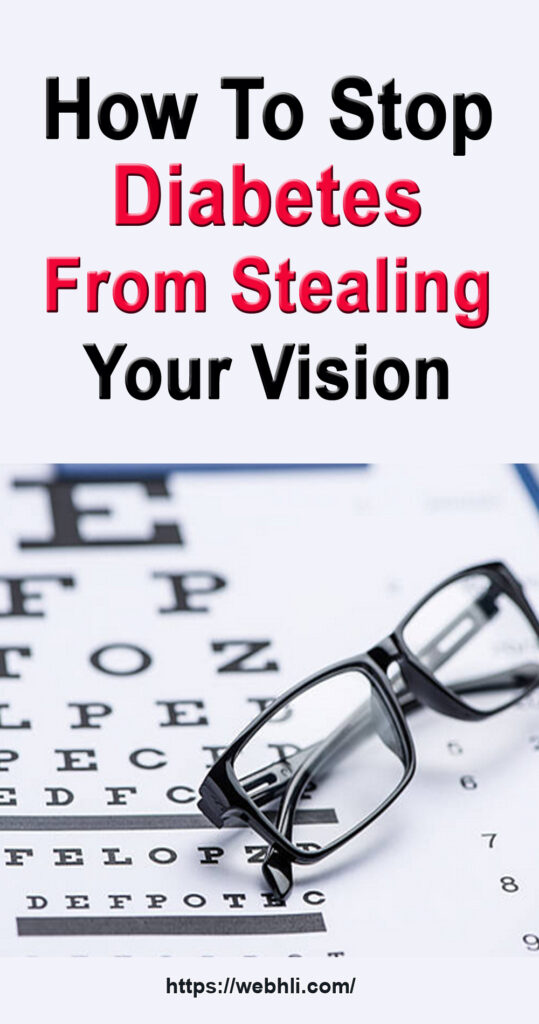
In the past, diabetes was never such a big epidemic like it is today. People often thought of diabetes as simply a body condition where one must reduce one’s sugar and fat intake. Little did people know that diabetes could end up causing blindness!
Now that diabetes is reaching epidemic levels in most of the western world, this problem is becoming more and more serious. Vision is one of our most critical senses and in this "need for speed" information era, over 70% of our sensory information comes through our eyes. According to the American Academy of Ophthalmology, diabetics are 25 times more likely to lose vision than those who are not diabetic.
With diabetes already being the number one cause of blindness in the United States, it's no wonder eye care professionals are predicting a devastating increase in vision loss as the diabetic epidemic grows alarmingly.
Check out these related articles, too:
Diabetes Natural Home Remedies – Worth a Try?
Can Magnesium Prevent Diabetes?
Zinc Shown to Promote Insulin Production In Diabetics
Prevent Side Effects From Diabetes Drugs
Why You Should Stop Taking Drugs for Your Diabetes
What Does It Mean To “Reverse Diabetes?”
Minerals That Lower Blood Glucose
Skin Problems Connected to Diabetes
What is the biggest contributor to diabetes?
People newly diagnosed with diabetes often have nothing more than minor vision fluctuations which settle when blood sugar levels improve with treatment. Early on it's easy to believe everything is fine. After some years though, continuing high blood sugar can gradually damage the blood vessels at the back of the eye in the retina. This causes a problem called diabetic retinopathy and the longer you have diabetes the more likely you are to have retinopathy. The risk increases further when there is poor control of blood sugar levels. More than 70% of diabetics develop some changes in their eyes within 15 years of diagnosis.
Now, what exactly is retinopathy? There are 2 types of retinopathy. Retinopathy is graded as Non-proliferative or Proliferative. Non-proliferative retinopathy is the common milder form, where small retinal blood vessels break and leak. There may be some mild retinal swelling but it rarely requires treatment unless it causes hazy central vision or straight lines appear bent.
On the other hand, proliferative retinopathy is the less common, but more serious form where new blood vessels grow abnormally within the retina. If these vessel scar or bleed they can lead to potentially serious vision loss including blindness. Early laser treatment can seal leaking vessels and slow the progress of diabetic retinopathy, but can't reverse existing vision loss.
Although there is no real cure or method to eliminate the risk of diabetic eye damage, you can do two important things to help prevent the more serious complications. The critical first step is making sure you stabilize and control your blood sugar with a healthy diet and regular exercise. The second step is to make sure you have a yearly diabetic eye examination.
Diabetes is a disease that mostly affects blood vessels and in it's extreme forms can lead to serious heart disease, stroke and kidney damage. Clearly these life threatening diabetic vascular diseases deserve priority attention, but high on the critical list for diabetics is the risk of serious eye disease and loss of vision. Make sure you check up with a qualified doctor to prevent diabetes-related eye problems! An experienced eye care professional can pick up subtle diabetic eye changes long before you notice any vision change, and more importantly, early enough to do some good.
If you suspect that you or a close one has diabetes – or if diabetes is already present – now is the time to seek a doctor for a detailed eye check up before it’s too late! Don’t let diabetes claim another person’s vision!

 Protected by Patchstack
Protected by Patchstack